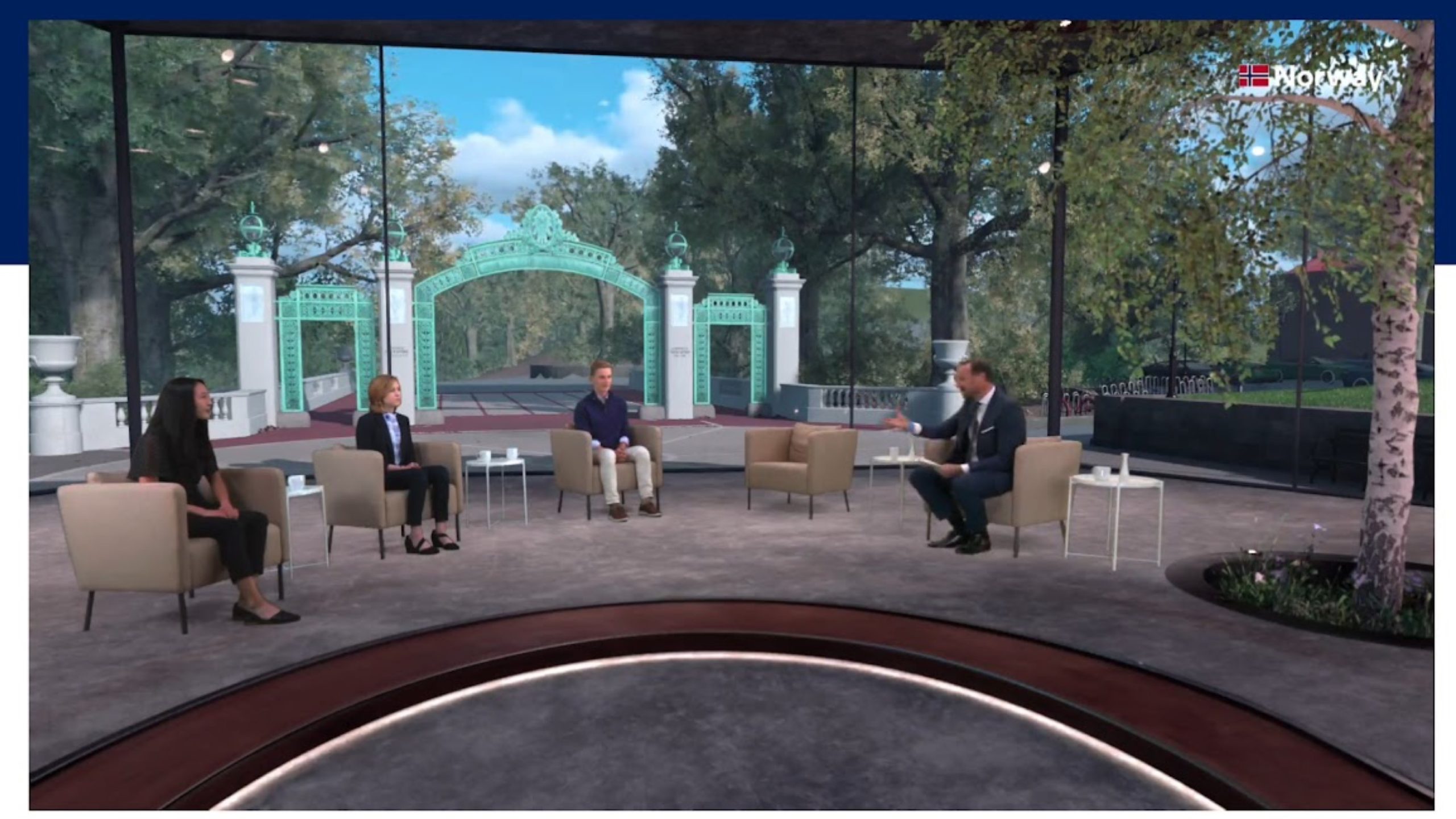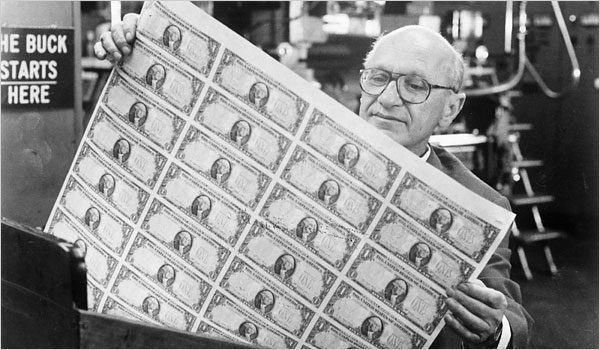With the 2020 Patagonia Case Competition Prompt Announced, How Can You Start Building Your Team Now?

Written by Tiffany Tran and John Monaghan, both Berkeley Haas MBA ’20 candidates and 2019 Patagonia Case Competition Runner Ups.
Centered around one of the most admired companies in the world and focused on solving some of the most relevant corporate sustainability challenges, it is no wonder that the Patagonia Case Competition attracts teams from across North America to compete. For the 2019 program, 123 teams were formed to compete for prize money, Patagonia gear and the opportunity to present again to the entire Patagonia staff at their headquarters. Private surf lessons with their team off the Ventura coast didn’t hurt either.
With steep odds, how can you get the most out of the program and best position yourself for success? John Monaghan and Tiffany Tran, both 2020 FTMBAs at the Berkeley Haas School of Business, placed second along with their team the Hungry Bears, provide their top tips:
Leading With Values
Few companies inspire as many people through their values as Patagonia. This was evident throughout the competition and in the case itself, and during the judging process and our experience with the Patagonia team on site at headquarters. They genuinely care about these issues and are putting forward some of the most difficult challenges that cross their desks.
The Patagonia team wants to find breakthrough technologies and business models, as well as modest changes that help them to realize their mission of saving our home planet. Your work will be thoroughly considered and will inform their work on these core questions. That alone was a great honor and should be at the core of why you hope to participate.
Systems Challenges Require Interdisciplinary Teams
Our competition focused on how the company can distribute all its food and apparel products in packaging that is reusable, biodegradable, renewable, or easily recyclable by 2025. With such a broad prompt, we knew we’d need expertise beyond just our own and sought out partners from across campus to assemble a team representing four different graduate problems: business, material science, architecture and development practice.
The team came with diverse subject matter knowledge, design capabilities and industry experience, but a shared passion for the project. Our backgrounds allowed us to find solutions and present material unlike any of the teams I have worked with comprised only of MBAs. In fact, all of the top three teams had materials science PhD students on their teams. Consider what skills might be necessary for this prompt and where they might live in your schools!
Consider the Full Prompt
Last year’s case was exhaustive and thoroughly cited, with extensive details on previously attempted initiatives and case studies from their peers in the industry. Be sure to address the entirety of the prompt, understanding the complexity of the challenge ahead. Using that as your roadmap, what are the solutions that they haven’t considered and can you look for adjacencies in other industries?
Talk to Consumers and Get Creative
Though it can feel daunting, our team went to places where we thought we could find the target consumer and started asking questions about their core values and perceptions. These conversations informed some of our go to market strategies and gave us insights we wouldn’t have otherwise considered.
A team from the University of Toronto videotaped their interactions allowing for great footage to share in their presentations. Patagonia cares about their consumer and wants to make sure they do right by them. Speak to as many of them as you can, and you’re solutions will be both more attuned to the need and more persuasive.
Try and Build Your Prototype Solutions
One of our ideas that caught the judges’ attention was packaging single serve items like soup mixes, coffee or oats, in edible, dissolvable “Tide Pods.” Though our understanding of the technology was still early, demonstrating a prototype helped to speak to the possibility of the idea with the judges. Similarly, peer schools came to the competition with prototype bioplastics or containers that helped the judges to conceptualize their idea. It also helps inform your recommendation as your propose solutions have tested them yourselves.
Our Experience
Last year’s case focused on how the company can distribute all its food and apparel products in packaging that is reusable, biodegradable, renewable, or easily recyclable by 2025. In the first round of competition, graduate teams submitted their innovative solutions to the case prompt. Patagonia leaders then reviewed all submissions and selected ten finalists to present their ideas to Patagonia executives at Berkeley Haas. Over 100 solutions were submitted, and Berkeley was among one of the finalists.
The Berkeley team comprised of a cross-disciplinary group, made up by John Monaghan (MBA), Tiffany Tran (MBA), Aaron Hall (PhD Material Science & Engineering), Lily Fryer, (Masters of Development Practice), Natasha Mehta (Masters of Development Practice), and Thomas DeVore (Master of Architecture). The team’s solution focused on eliminating the idea of disposable packaging by utilizing usable containers to package foods and introducing edible and dissolvable food pods. The team came in second place, winning prize money and a trip to Patagonia headquarters to meet with employees and go surfing.

Over the summer, the Berkeley team, along with the first place MIT team, visited Patagonia headquarters in Ventura, California. The morning started bright and early with a surf lesson provided by a local surf organization. All students borrowed wetsuits and surfboards and were coached to catch some waves.
Interested in forming a team? Sign up to stay in the loop here.


